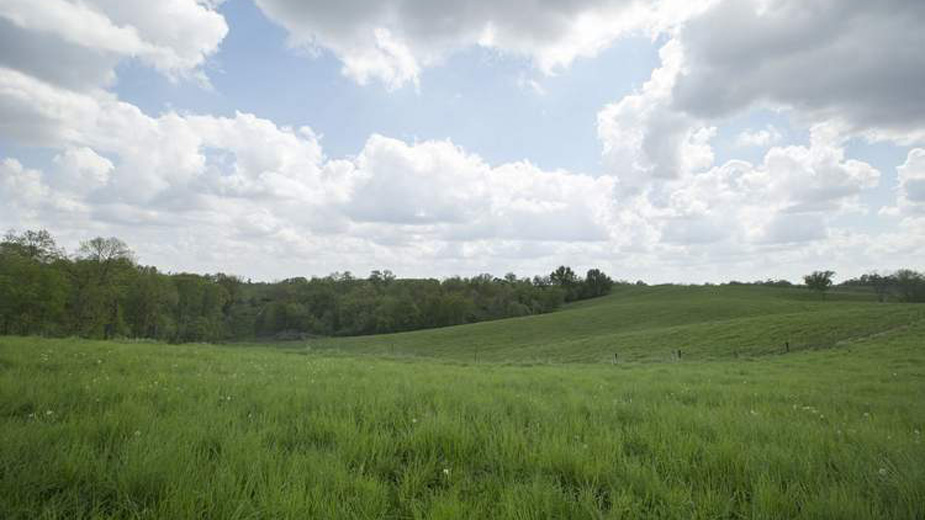Conservation Easements Are a Win for Everyone
Conservation easements – increasingly popular in recent years – allow landowners to permanently preserve property from development. They allow continued private ownership with certain tax benefits with the comforting knowledge that a beneficial usage will continue for future generations.
For agencies or governments representing the public, they provide a way to preserve open spaces, provide water conservation and protect wild lands at a much-reduced cost as compared to outright purchase.
Conservation easements come in several flavors according to their purpose. A landowner may grant an easement for the protection of habitat for endangered plants and/or animals, for the protection of water, or for the protection of farmland. A multi-generational farmer may desire that his farmland never be turned into a neighborhood and so may grant an agricultural easement. A bird lover may desire to establish a bird refuge and observation area. One might even be specific enough to protect a milkweed meadow known to host migrating monarch butterflies.
A conservation easement can be granted now with the proviso that it be made effective at death. Years ago, our firm, Johnson & Johnson, represented a generous, public-spirited family that made arrangement so on their deaths their large wetlands south of Western Reserve Road passed to Mill Creek Park. As a result, today there is a magnificent viewing area overlooking the Mill Creek wetlands that is maintained by the park on Calla Road, just off New Buffalo Road.
Qualifying easements may be given to the Ohio Department of Natural Resources, to a public park, a soil and water conservation district, to a township, city or county, or to a qualified charity. Real estate taxes typically are reduced on a parcel of land over which an easement has been granted. Additionally, a landowner receives a charitable deduction against state and federal income taxes.
The easiest way to accomplish a conservation goal is to work with a local conservation district. We are fortunate in northeastern Ohio, as we have many active, reputable charitable organizations that have successfully preserved huge amounts of ground. A simple internet search for “land conservation” will return dozens of local options. The key to choosing the right one depends on one’s goals.
Each institution has its own rules, regulations and processes for determining whether a particular property meets its needs. Distance from headquarters, cost and difficulty of maintenance, necessary precautions against trespassers, outstanding environmental issues, ease of insuring the property and potential use of the property are all considerations. The process is similar to interviewing a prospective employee – there must be a proper fit.
The vast majority of conservancy districts take title via permanent easements. As suggested, easements also allow the granting party to have an ongoing relationship with the property.
Of particular note are farming conservation easements, which allow farmers to continue living on and farming land, but which also prohibit future division or development. Similarly, a landowner may rest easy selling the homestead with the knowledge that a beloved forest at the back end of the property will never be cut.
Conservation easements have become popular with corporate America as well. TJX Companies, for instance, is openly discussing its desire to dedicate a large portion of its potentially-acquired property in Lordstown to a conservation district. TJX proposes to build a $160 million warehouse and distribution center at the site.
In sum, properly drawn conservation easements provide a win-win for both environmentally-minded, landowners and the public.
Copyright 2024 The Business Journal, Youngstown, Ohio.



